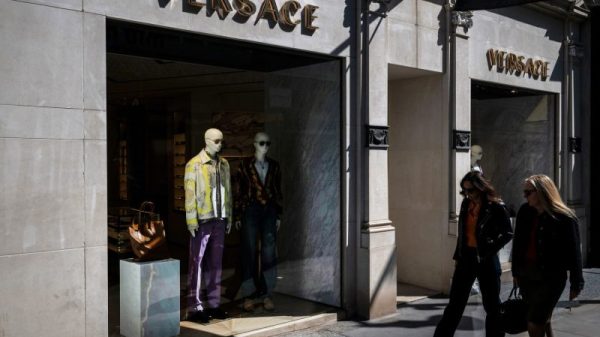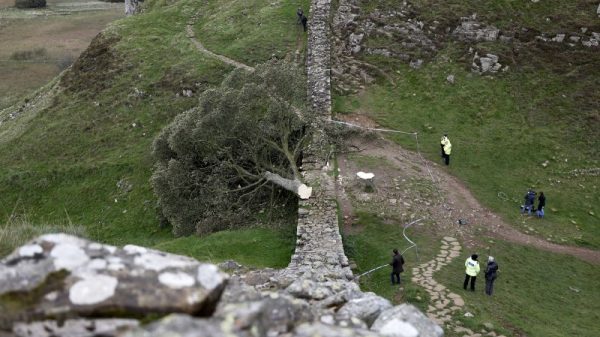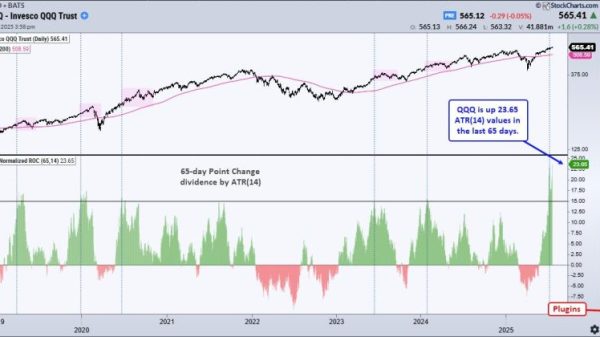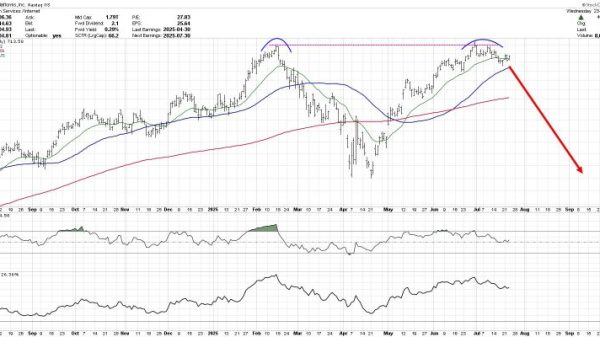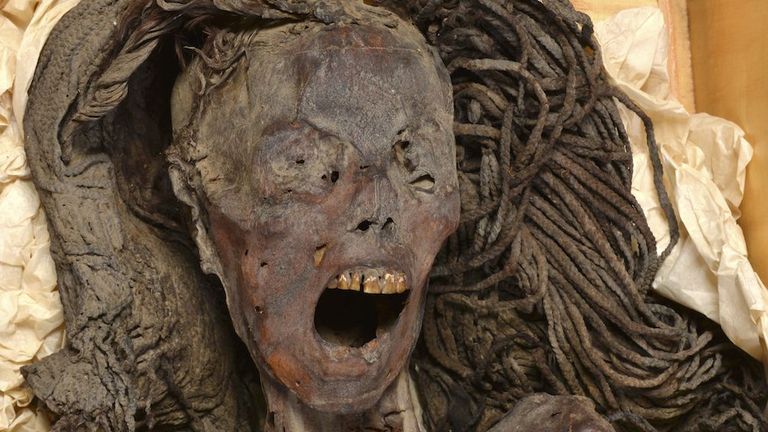The mystery of why an ancient Egyptian mummy nicknamed the Screaming Woman had a pained expression on her face may have been solved.
New analysis by scientists suggests she died “screaming from agony” around 3,000 years ago.
The experts say she may then have experienced a rare event known as a cadaveric spasm at the moment of death, causing her muscles to stiffen and immortalise her suffering.
The condition causes the muscles to freeze in the exact position the person was in when they died.
Although her cause of death remains a mystery, cadaveric spasms are usually associated with violent deaths under extreme physical conditions and intense emotions.
The Screaming Woman’s alarming expression has baffled experts for 90 years.
But new analysis, using CT scans to perform a “virtual dissection”, has uncovered a number of new details, and challenges a previously held belief that her pained expression was the result of poor embalming.
Cairo University radiology professor Sahar Saleem, who led the study, said: “The mummy’s screaming facial expression in this study could be read as a cadaveric spasm, implying that the woman died screaming from agony or pain.”
Professor Saleem described her as a “true time capsule” preserving the final moments of her life.
Where was she discovered?
The Screaming Woman was found during a 1935 archaeological expedition at Deir el-Bahari, near the Egyptian city of Luxor, underneath the tomb of a well-known architect known as Senmut.
She was discovered inside a wooden coffin with her legs extended and arms folded above her groin.
She was wearing a black wig made from date palm fibres treated with quartz, magnetite and albite crystals, and had two gold and silver scarab rings on the third finger of her left hand.
The analysis showed her natural hair was dyed with henna and juniper.
Scans showed she had lost or broken a number of her teeth and suffered from mild arthritis of the spine.
The examination suggested she would have been around 5ft tall and died at the age of 48.
How was she embalmed?
Unlike classic mummification methods – where organs, aside from the heart, are usually removed from the body – her organs were still present, previously suggesting poor mummification.
However, an examination of her skin found she had been embalmed with juniper and frankincense – expensive items that had to be imported into Egypt from neighbouring countries, researchers said.
“Here we show that she was embalmed with costly, imported embalming material,” Professor Saleem said.
“This, and the mummy’s well-preserved appearance, contradicts the traditional belief that a failure to remove her inner organs implied poor mummification.”
The analysis was published in the journal Frontiers in Medicine on Friday.










